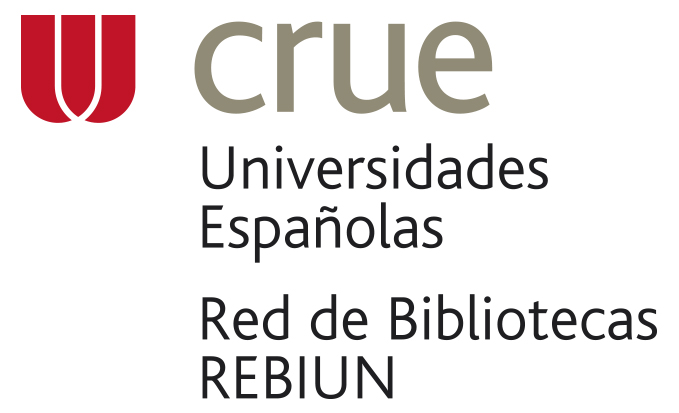HISTORICAL, CULTURAL AND THEOLOGICAL APPROACH TO THE APOCALYPTIC VIRGIN OF QUITO
DOI:
https://doi.org/10.21703/2735-634520141611920Keywords:
Apocalipsis, Mariology, sacred art, theology, Ecuadorian cultureAbstract
This is a theological study of the most emblematic figure of Quito culture: the winged Virgin carved in the eighteenth century by Bernardo de Legarda. As usually identified with the Virgin of Apocalypse 12, first analyzes the biblical text is analyzed in the light of the new and traditional interpretations that have been given so far. Here we review the main features of the apocalyptic woman, so that, with this background, confront them with the data provided by the Quito imagery of the Virgin winged. Specifically, the research analyzes the significance of the Sun clothing, the moon under her feet, a crown of stars, the fact that she is pregnant and that she suffers Labour pains, and her large eagle wings. The conclusion is that this image is essentially the apocalyptic Virgin, but enriched theologically and ichnographically with the signs of a Genesis woman and the culture of Quito.
Downloads
Downloads
Published
Issue
Section
License

This work is licensed under a Creative Commons Attribution-NonCommercial 4.0 International License.
The Anales de Teología is an open access journal and does not charge for publication. In addition, it regulates its Copyright and access policy according to the Creative Commons Attribution-NonCommercial 4.0 International Public License (CC BY-NC 4.0), therefore sharing (reproducing and distributing the material in any medium or format) and adaptation (modifying, transforming, and creating from the material) is allowed as long as proper credit is given and the citation is included with the corresponding data. Moreover, it is not allowed to use the material for commercial purposes.




















